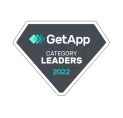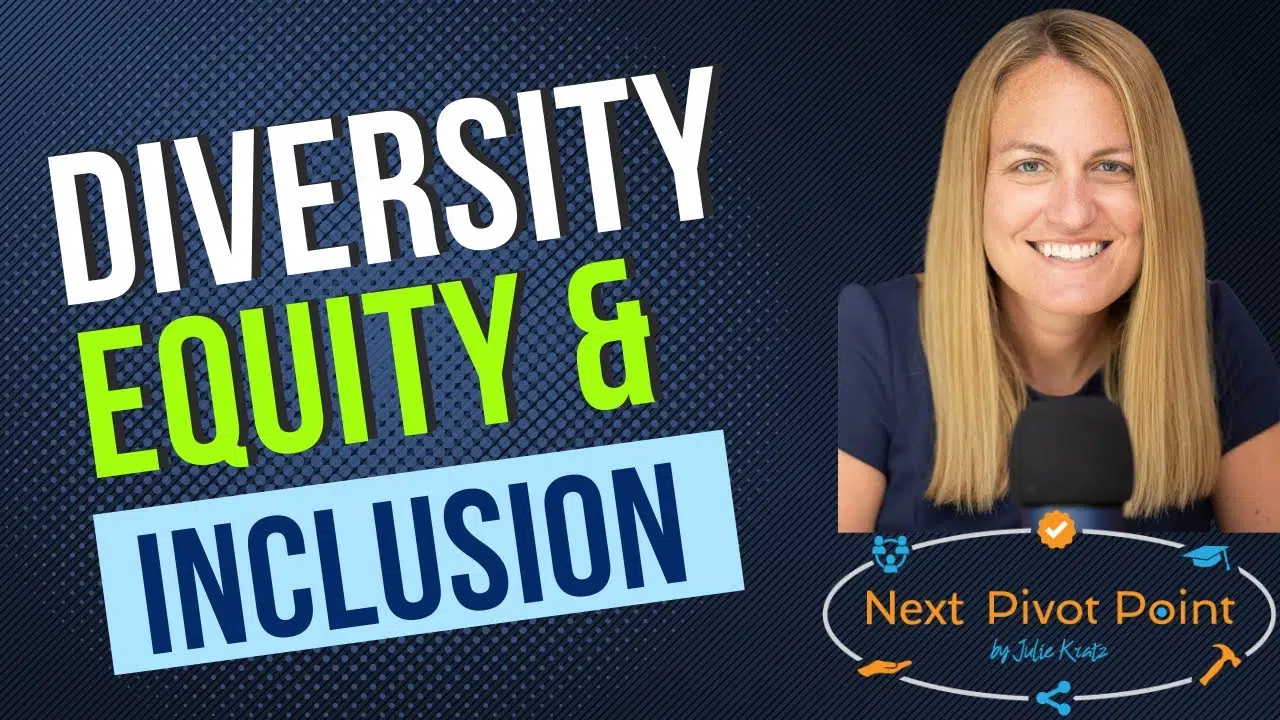When you’re hiring top talent, you want the very best person for the role — whoever that may be.
That’s where DEI talent acquisition comes into play.
All of us have unconscious biases, and it’s important for hiring managers and recruiters to take active steps to overcome these, such as blind recruitment. But DEI talent acquisition also involves attracting more diverse candidates in the first place. Let’s take a look at the importance of DEI, plus some best practices.
Meet with our hiring coaches today to see how AI can slash 90% of the time from your hiring process. Start filling jobs faster right away, with 10x higher quality people.
What Is DEI in Talent Acquisition?
In talent acquisition, DEI (diversity, equity, and inclusion) is attracting, evaluating, and hiring new employees regardless of race, gender, sexual orientation, age, disability, or other personal characteristics. In today’s business world, DEI is increasingly essential to organizational success.
DEI in talent acquisition means establishing a DEI-positive employer brand, attracting a diverse pool of talented candidates, assessing them fairly and without bias, and tracking key metrics on diversity throughout the hiring process. It also includes efforts to retain diverse talent.
Why Is DEI Important in Talent Acquisition?
DEI is a critical part of talent acquisition because:
- DEI means hiring the best person for the role by broadening your talent pool to include candidates that human bias might prevent you from accessing..
- Diverse companies perform better: McKinsey found a 48% difference in outperformance between the most and least gender-diverse companies.
- Statistically, the more diverse your team, the better it’s likely to perform. Diverse teams include a wider range of perspectives, experiences, and backgrounds.
- Using inclusive hiring practices is fairer and makes for a better organizational culture. Even so, candidates with Black-sounding names hear back from employers less often than candidates with White-sounding names.
How Does DEI Affect Retention?
DEI has a positive impact on employee retention. Happier workers stick around longer — and research shows workers are happier if they’re content with their company’s DEI efforts. Those who feel their company isn’t doing enough to prioritize diversity and inclusion have a Workforce Happiness Index score of 63. That’s well below those who feel their company is doing the right amount, at 75.
78% of the workforce say it’s important (or 53%, very important) to work at an organization that prioritizes diversity and inclusion — so this is an area that employees care deeply about. So much so that 81% of workers would consider leaving if their employer lacked a commitment to DEI. That figure rises to 87% in leadership roles.
DEI in Hiring Is Becoming More Formalized
One positive trend in DEI talent acquisition is that it’s becoming standardized. For instance, Lever found that more than half of employers had a formal DEI strategy for their organization, and 44% had made specific changes to their hiring policies to boost diversity.
If your company doesn’t yet have inclusive talent acquisition policies, you’re falling behind the industry best practices. You can’t leave equity in hiring to chance or to the whims of different hiring managers.
Measuring DEI in Recruitment
To know whether your DEI recruitment efforts are paying off, take a look at the numbers:
- Track the diversity of candidates at each recruitment stage. Are you bringing in a diverse applicant pool? What about candidates who make it through screening?
- Identify the source of hire. Do most of your diverse candidates come from a single source? What’s different about that source compared to others that don’t perform as well? (For instance, perhaps your job ad doesn’t do a good job of using inclusive language, but your website does, so your diverse applicants come mostly from your careers page.)
- Ensure diverse talent is retained. 84% of employees believe that a lack of attention to diversity and inclusion contributes to employee turnover.
DEI Best Practices for Recruitment
When it comes to setting out your recruitment strategy, here are some DEI best practices to incorporate:
Diverse Recruitment Team
Your recruitment team should be as diverse as you want your workforce to be. Ideally, include a range of ages, genders, and ethnicities. Using a diverse hiring team helps make the talent acquisition process more welcoming to diverse candidates.
Inclusive Language in Job Ads
While your job ad probably doesn’t use overtly gendered language, watch out for subtly gendered terms like “competitive” and “ambitious” (masculine-coded) vs. “supportive” and “compassionate” (feminine-coded). You can’t avoid these types of terms altogether. Instead, aim for a 50:50 balance.
Blind Screening
Blind screening means removing names and genders from resumes before screening candidates. Your ATS system may be able to do this for you. That way, you won’t bring unconscious biases into play when screening candidates.
Pre-Employment Testing
Pre-employment testing lets you make decisions based on objective facts, ultimately finding the best person for the role, regardless of race, age, gender, or any other factors. Using assessment tools can improve your quality-of-hire by up to 90% while also boosting your DEI efforts.
Structured Interviews
Don’t blow all your DEI progress at the interview stage. You should never hire based on a “gut feeling.” That’s a surefire path to hiring homogenous candidates who may well be mediocre performers. Instead, use a candidate scorecard to pinpoint the skills and qualities the role needs. Then, craft structured interview questions based on that. Structured interviews are almost twice as good at predicting performance as unstructured interviews.
Recruiting Employees Who Prize DEI
Your organization’s diversity initiatives could be seriously hampered by bigoted employees. When recruiting, ask culture fit interview questions to be sure that your potential hire will work well with everyone — regardless of their age, gender, race, or sexuality.
How to Ensure DEI in Talent Acquisition
DEI shouldn’t be tagged onto your recruitment process as a nice-to-have extra. Instead, it should be integral to your talent acquisition strategy. But you can boost your efforts with specific practices, like:
Publish Your DEI Stats
Some large companies publish their DEI stats publicly – here are Salesforce’s workforce equality stats. By talking about your performance openly on your website, you demonstrate to job-seekers, employees, and customers that you’re a company committed to equal opportunity hiring.
Hold Leadership Accountable for Diversity
One potentially controversial bias-free hiring approach is to use a “diverse slate” hiring policy where a set number (at least one) of the candidates who move through screening must be from a diverse background. That could be based on race, gender, or another personal characteristic.
Adopt a Diverse Slate Policy
A number of well-established companies, including McDonald’s and Nike, have linked executive compensation to the achievement of DEI targets. Rewarding leadership for talent diversity can be a powerful way to encourage them to commit time and resources to DEI best practices.
Establish an Employee Referral Program
If your company already has a diverse workforce committed to diversity hiring solutions, then an employee referral program could be a great way to tap into their networks of like-minded people. This may give you a more diverse candidate pool than you’d get from job boards alone. You’ll enjoy the added bonus that 88% of employers find employee referrals result in the highest quality new hires.
Discovered – Your DEI Talent Acquisition Partner
Create a more inclusive and efficient workforce with Discovered! Join us for a live demo and discover how our cutting-edge platform can build DEI into your process and enhance your talent acquisition strategy. Don't miss out – sign up now to transform your hiring process.














